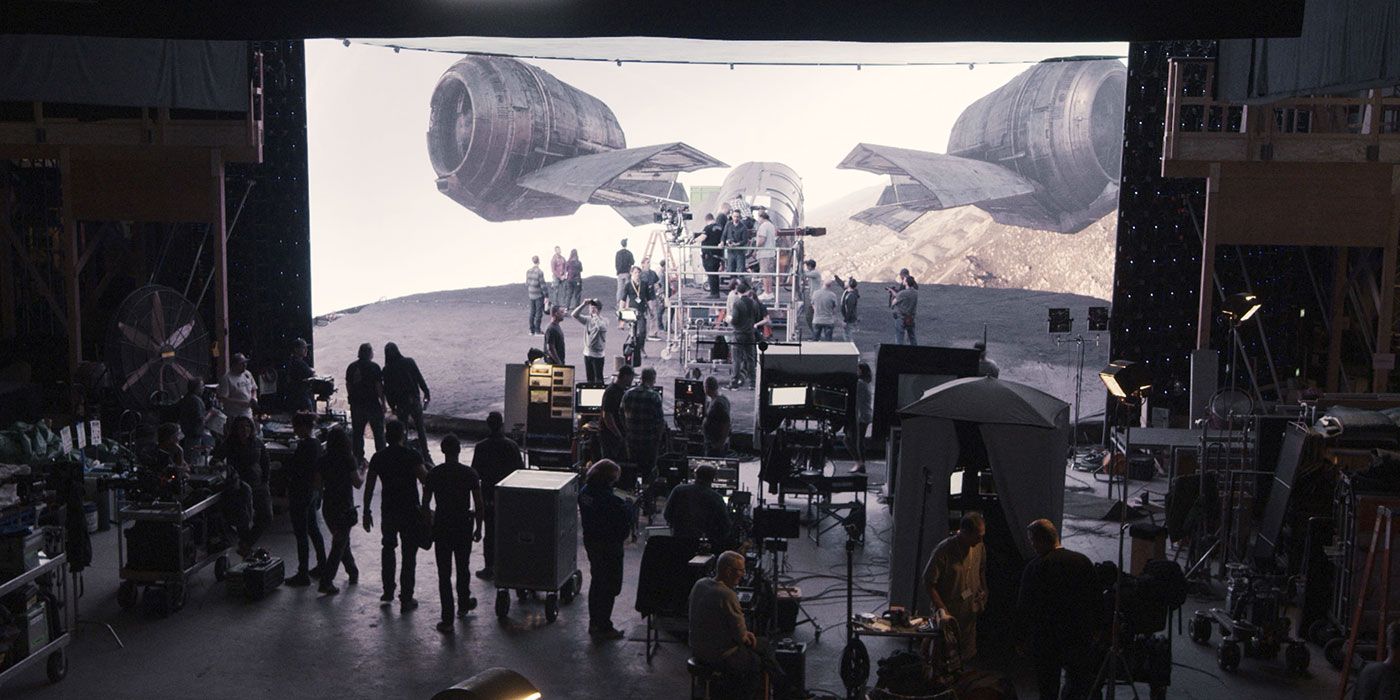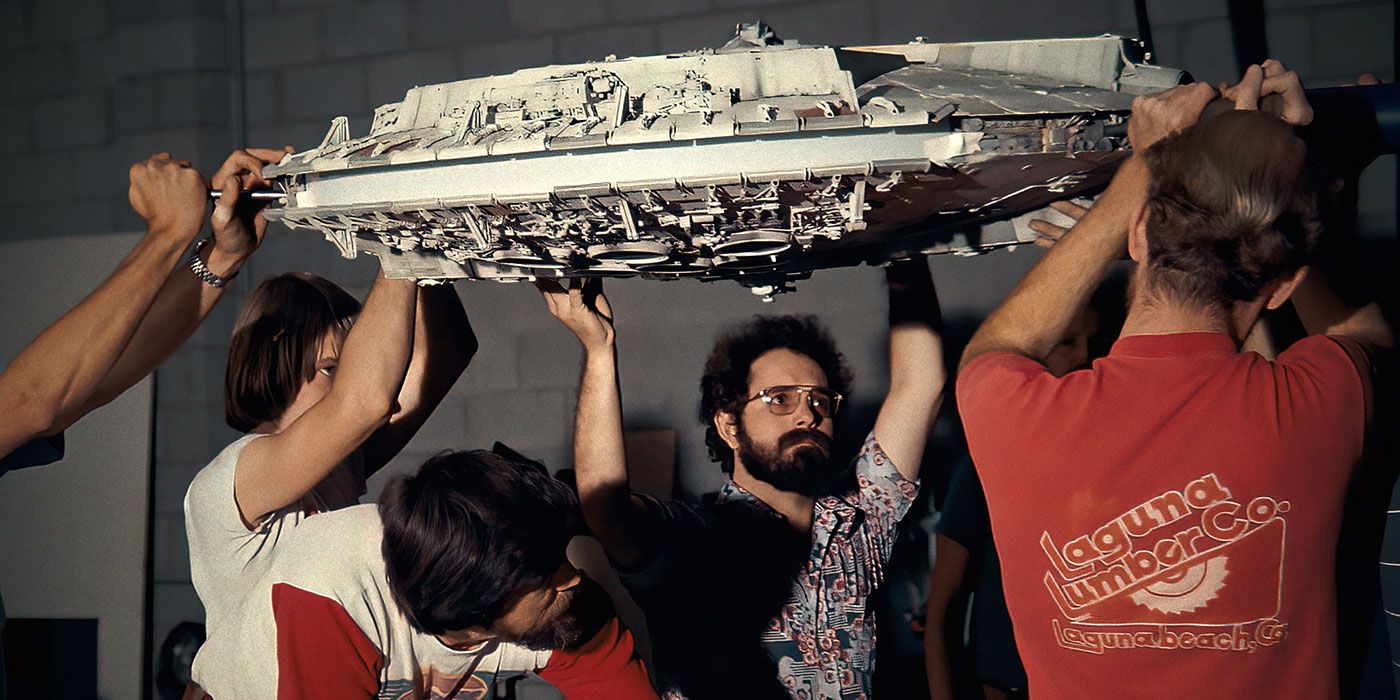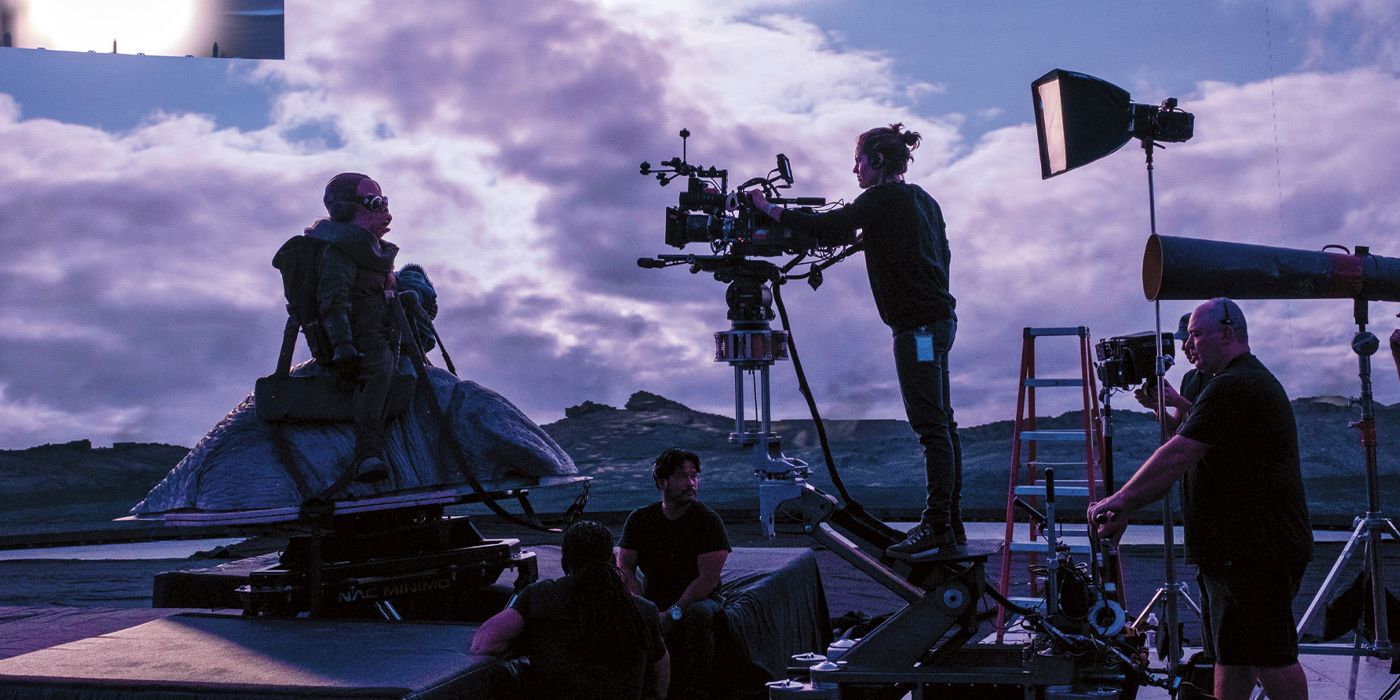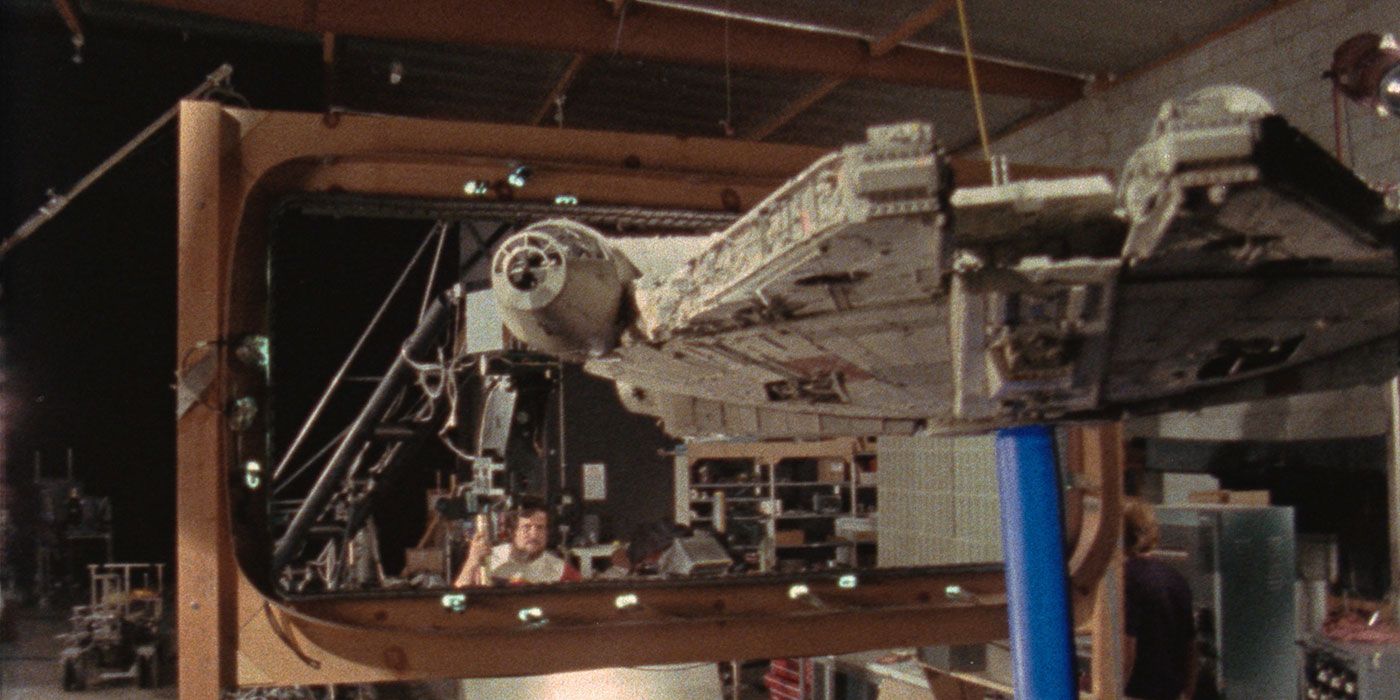Every time we walk into a movie theater, someone's dreams are coming true. The audience – for watching their favorite story unfold upon the silver screen. The cast – for portraying the characters that bring said story to life. The director, writer, and crew – for conducting everything to bring us the best possible version of that story. But there are some unsung heroes that we often don't see or talk about, people who make the magic on screen possible, and those are the visual effects artists. Recently arrived on Disney+, the documentary series Light and Magic tells the story of the greatest of such artists, the ones who gather at the dream factory called Industrial Light & Magic (ILM).
From its humble beginnings inside a warehouse in Van Nuys to the huge structure it begets nowadays, ILM has spearheaded nearly all the major changes and improvements in visual effects in the industry since its inception. Created by George Lucas himself in the 70s to provide the effects for his little movie called Star Wars, the company's history is shown with deep care throughout Light and Magic's six episodes, showcasing the days of practical effects to the current era of digital VFX. But, although the documentary is a privilege to watch, with giants such as Dennis Muren, Phil Tippett, Joe Johnston, Ken Ralston, and more talking about their craft, there is a special new technology that monopolizes our attention: the Volume.
Over the last decade, the Volume is perhaps the single greatest technological innovation brought about by the wizards at ILM. Its debut was a game changer in many ways and was one of the reasons that made Star Wars' first live-action series, The Mandalorian, the huge hit it was by allowing the production team to create both otherworldly landscapes and alien-like interiors with a realism that just wasn't possible up to that moment (granted, Baby Yoda sure did help a lot, too). The rocky plains of Arvala-7, Nevarro's lava rivers, and the interior of The Client's (Werner Herzog) office, all of those are examples of locations made possible by the Volume's incredible power.
Cool, but what exactly is the Volume?
What is the Volume?
It's a circular studio comprised of high-definition LED panels all around. It is that simple. For those inside, it's 360º of LED panels built so seamlessly together, you wouldn't be able to tell that it's not all a single giant screen. Not only that but also the ceiling is made of the same principle, with the images generated by Unreal Engine. All of it was designed to serve the purposes required by the production team in building whatever kind of scenery or location. It doesn't matter how mundane or how alien, the Volume can do it.
The need for such an impressive tool as the Volume arose, actually, with the desire for a better blend of VFX and storytelling. The magic of visual effects, on its own, is just not enough to surprise the viewer. "Just the magic trick on its own, people either know how it's done, or they at least think they know how it's done," as put by Rob Bredow, Chief Creative Officer of ILM, on Light and Magic. And for those inside the Volume, especially the actors, being in the scenery the character is in, interacting with the world the character lives in, makes all the difference.
This goes to say that, despite the Volume's awesome capabilities, it doesn't erase the need for practical effect entirely. What happens in the immediate vicinity of the actor, within the LED walls that make the whole structure, has to be real. Things such as a desk or a chair need to be physically there, even if all the rest isn't. That brings back an important aspect of the work in producing feature films that we, the audience, don't really get to experience, but that, for the team behind the cameras and the cast in front of them is important: the human aspect of making a movie. Actually being on a set, instead of in a studio filled with blue screen.
"We think we like all this digital stuff, this visual effects stuff, and it's interesting, but at the end of the day, you really got to see another human", says Jon Favreau, one of the masterminds behind The Mandalorian. He is one of the pioneers of this kind of technology, having used a similar system in his live-action remake of The Jungle Book, as he explains in the docuseries Disney Gallery: The Mandalorian. Another Star Wars project that served as testing grounds for that was Solo: A Star Wars Story, which used LED panels put in front of the cockpit of the Millennium Falcon for flying and hyperspace sequences. For all immersive purposes, it makes a huge difference seeing the actors faces reflecting the light that comes from outside, like in the Kessel Run sequence.
In the Volume, this kind of lighting effect is possible to obtain wherever you are inside it. For cinematographers, it is now much easier to compose a shot now that they have actual light to work with. This kind of work doesn't need to be "fixed in post" anymore, as they would say, and now happens at the beginning of the production process. "By taking that post [production] process, the creation of those images that we usually wouldn't see until months after shooting [is] moved to the beginning of the process," says legendary producer and Lucasfilm president Kathleen Kennedy.
Setting a New Standard
Now, the system itself is improved a lot from its more simplistic purposes. A physical cockpit is a static structure, but what about real people moving inside the Volume itself? Something has to be done about perspective, otherwise, it just won't work. So the Volume works as a motion capture volume (hence the name), but the other way around, so to speak. Cameras positioned throughout the set capture the location of the camera, to adjust the perspective according to its position.
The end result that the Volume stagecraft technology is the return of many practices that used to be the rule before the advent of blue screen. "With actors who are being directed by the director, with something they can see and actually experience, I think you're getting back to real filmmaking," says Kennedy. Of course, there are always those artists who don't adapt or prefer to stick to their own methods - Tony Gilroy recently came out saying that Andor, the Star Wars show he is producing, doesn't use the Volume, only real sets.
But that tends to become the exception, while most directors are familiar and comfortable with the use of stagecraft technology. Marvel juggernauts like Thor: Love and Thunder have employed the tool - with Taika Waititi himself having already learned the ropes when he directed the first season finale of The Mandalorian. Even Disney's competition are running to adapt to this new reality. HBO's Our Flag Means Death used an LED volume stage and House of The Dragon made use of Warner's virtual stagecraft tool, called V Stage. One thing's for sure: the Volume is here to stay and is the new gold standard in filmmaking visual effects.




